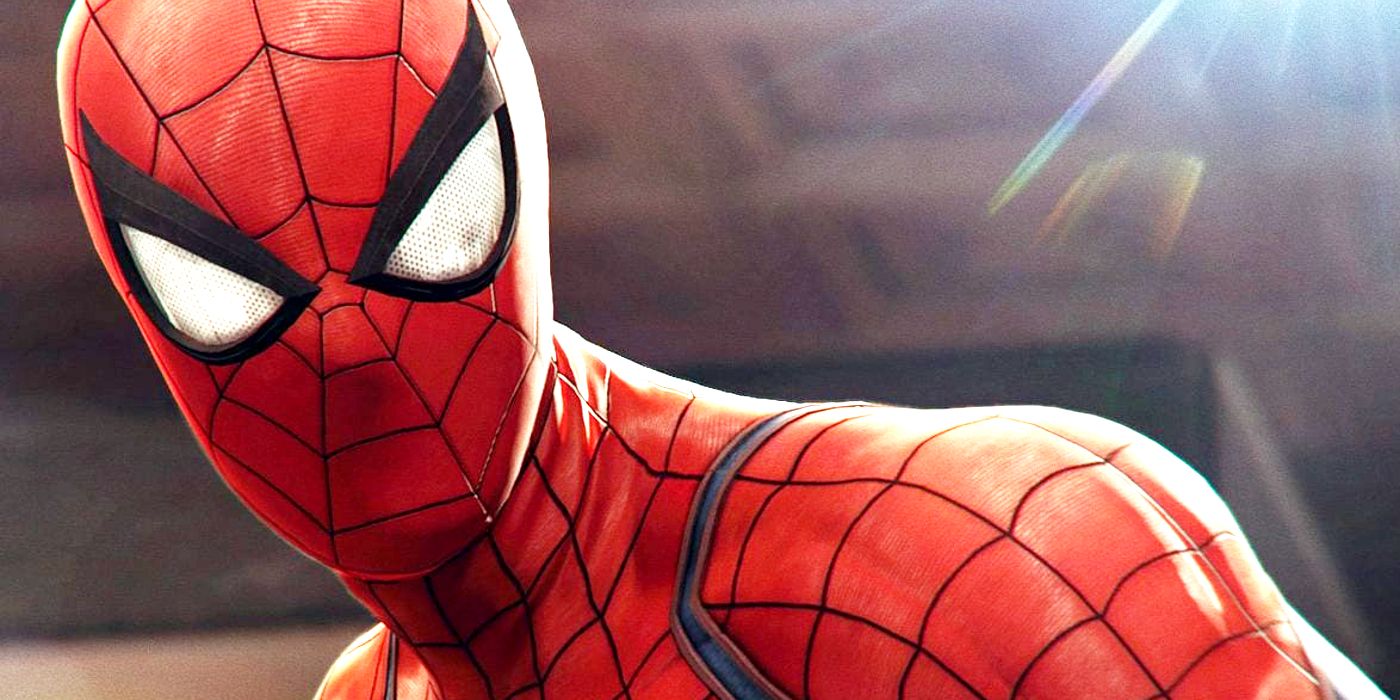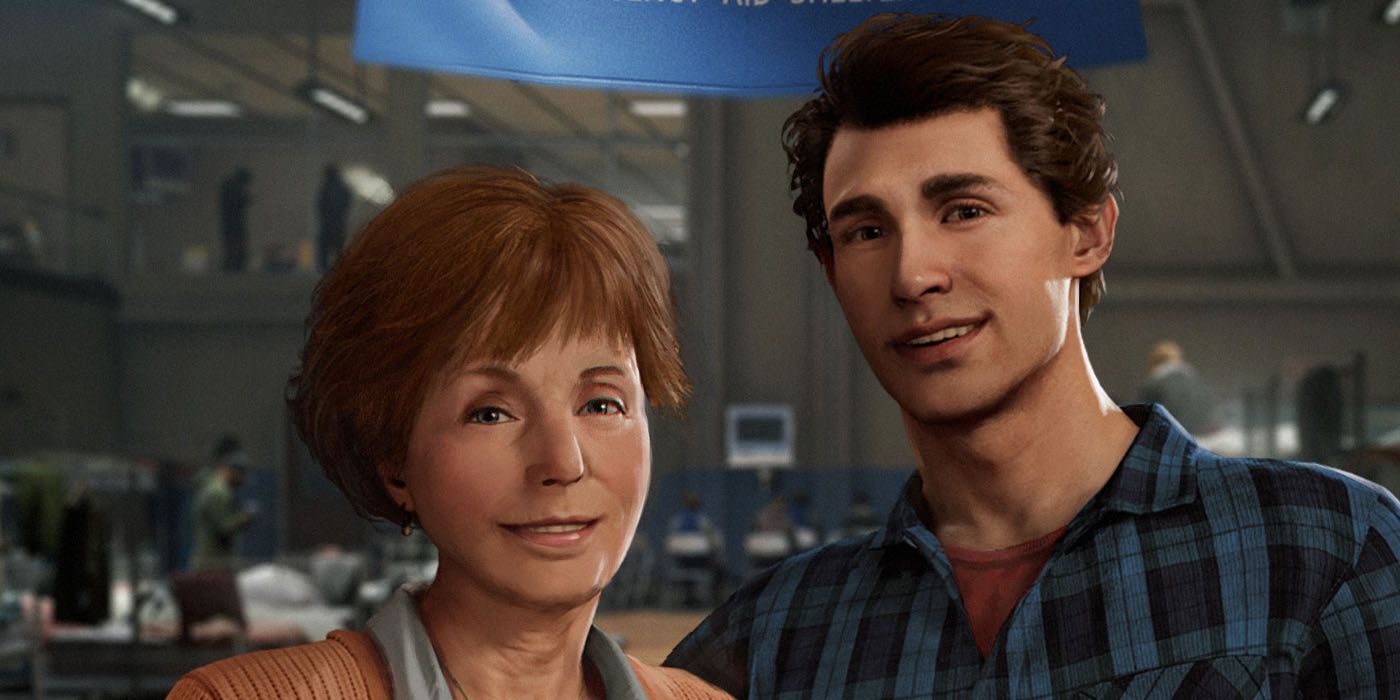2018's Marvel's Spider-Man adapted the comics perfectly, but it also exceeded them in multiple ways, venturing into territory that Marvel's mainstream books haven't in several decades. Insomniac's PlayStation exclusive title reimagined the wall-crawler as a young adult recently out of college, struggling to balance his life as Spider-Man with his budding career and his now broken relationship with Mary Jane Watson. The end result was one of the most compelling mainstream depictions of the character, and one the recent comics have struggled to come close to, thanks in part due to Marvel's sliding timeline, and numerous retcons restoring the character's status quo.
[Warning: full spoilers for Marvel's Spider-Man follow.]
The Marvel Universe takes place across a "sliding timeline" - essentially a chronology that is constantly in flux. Characters rarely age in real-time, and most drastic alterations to the canon are usually retconned out of existence. Historical editorial battles have been waged with many of the publisher's characters, the most contested being Spider-Man. During the first few decades of the character's existence, Spider-Man grew and developed from a teenager into a young adult, eventually marrying Mary Jane and moving into a career as a teacher. Events like these grew less common in the 1990s, as anxieties grew that the young Marvel readership was struggling to connect to Peter anymore. Former foes like Norman Osborn were resurrected, Aunt May was killed - but then wasn't - and eventually, in 2007, Marvel retconned Peter's marriage with MJ out of existence with One More Day, erasing decades of character growth and development in the process.
While good Spider-Man comics have been developed within the framework of Marvel's sliding timeline, the majority of the best ones have taken place outside it, in worlds where Peter was allowed to age and mature (Ultimate Spider-Man by Brian Bendis and Mark Bagley a notable example). Marvel's Spider-Man diverges from the comics in that it grounds its story within a linear setting and with a version of Peter Parker who has grown and matured. He's already experienced his formative battles as the web-slinger, and is now a young adult navigating a transitional phase in his life. It isn't the default - or "iconic" - depiction of the character as most may be familiar with. He's not a high-schooler working for the Daily Bugle, but instead a young man with burgeoning responsibilities. There are of course recognizable aspects to Insomniac's depiction, but it's made clear from the start that this is a version of the character who has already experienced a lot, and will doubtlessly go through more over the course of the story.
Marvel's Spider-Man Took Peter Parker Forward
Marvel's Spider-Man - like all great comic book adaptations - combined different elements from previous depictions of the character in looking to tell its own story. There are elements of Ultimate Spider-Man sprinkled in, with Miles Morales emerging as a central character in the second act, while the decision to spotlight Otto Octavius as Peter's mentor has more than a shade of Sam Raimi's Spider-Man 2 to it. There are also plenty of original ideas in the story, with Mary Jane being reimagined from a passive love interest into a formidable investigative reporter for the Daily Bugle. It keeps the core of what makes Spider-Man a special character, but it moves everyone forward in order to yield more well-rounded depictions and unexpected story elements.
Peter's depiction typifies this more than any other character in Marvel's Spider-Man, in that it diverges from his mainstream depictions over the last 15 years. He's growing up, and in some ways, represents the progress that hasn't been made with the character in his comics. The Peter of Marvel's modern comics may also be an adult, but the vast majority of those stories have been told with the One More Day retcon looming over their head, and with the threat of further resets in the future. Unique stories have been told, whether that's Otto Octavius taking over Peter's body or Peter becoming the CEO of his own successful corporation, but change is temporary, and the status-quo - more or less - always catches up.
Retcons will never take away from the great Spider-Man stories that have been told, but they do stifle progress and have limited the character's overall development over the last two decades. Because the story of Marvel's Spider-Man offers its own new unique interpretation, and doesn't (or shouldn't) have to worry about retcons, it's free to tell its own story that positions these characters in a new light. This also means that any bold decisions it takes don't come with the asterisk that they could be reversed several years down the line. Aunt May's death is so effective because the prospect of it being reversed is next-to-none. Death is something that everyone will sadly deal with as they grow older, and in the comics, moments like this have been cheapened by resurrections. Aunt May has been threatened with death on two major occasions in the comics, and has been saved by retcons in both of them. It's emblematic of the superhero genre's editorially-enforced immaturity, and why interpretations like Marvel's Spider-Man are so important.
Marvel's Spider-Man Shows What's Possible When We Let Our Heroes Age
One of the best things about Marvel's Spider-Man is that it shows what's possible when heroes are allowed to age and develop. New storytelling opportunities are presented and stuck to. Over the course of the game, Peter and MJ reconcile with each other, and begin a new chapter as grown-ups; Peter suffers two major tragedies in losing his mentor and his mother figure, but he can face it with new friends like Miles. Peter even develops into a mentor for Miles, first teased in the ending for Marvel's Spider-Man and then explored further in Spider-Man: Miles Morales. Uncle Ben's old iconic saying - that with great power, there must also come great responsibility - has never felt more apt. Peter enters a new chapter in his life without his old support network, and players can look forward to seeing him progress in his career as a scientist, as a partner to MJ, and as a mentor to Miles in Marvel's Spider-Man 2. These elements have been developed in the comics prior, but there's a permanence to the developments in Marvel's Spider-Man that the source material has often lacked.
Ultimately, it is understandable as to why Marvel has a sliding timeline. The publisher's IP will always have its most recognizable versions, and it's the same at DC Comics. While ongoing series are capable of real salience and moments of brilliance, the vast majority of these characters will eventually revert to a place and time where they're most familiar to the mainstream public, whether that's Daredevil having his secret identity intact once again, or Batman and Catwoman's relationship reverting to a flirtatious back and forth. This had led to a situation - at least in Marvel's case - where adaptations of the source material are at the forefront of pushing these characters forward, as well as those comics not situated within the mainstream continuity. Whether the sliding timeline alone is to blame is debatable, but Marvel's Spider-Man illustrates what these stories are capable of when characters are permitted to mature past their most recognizable interpretations.



